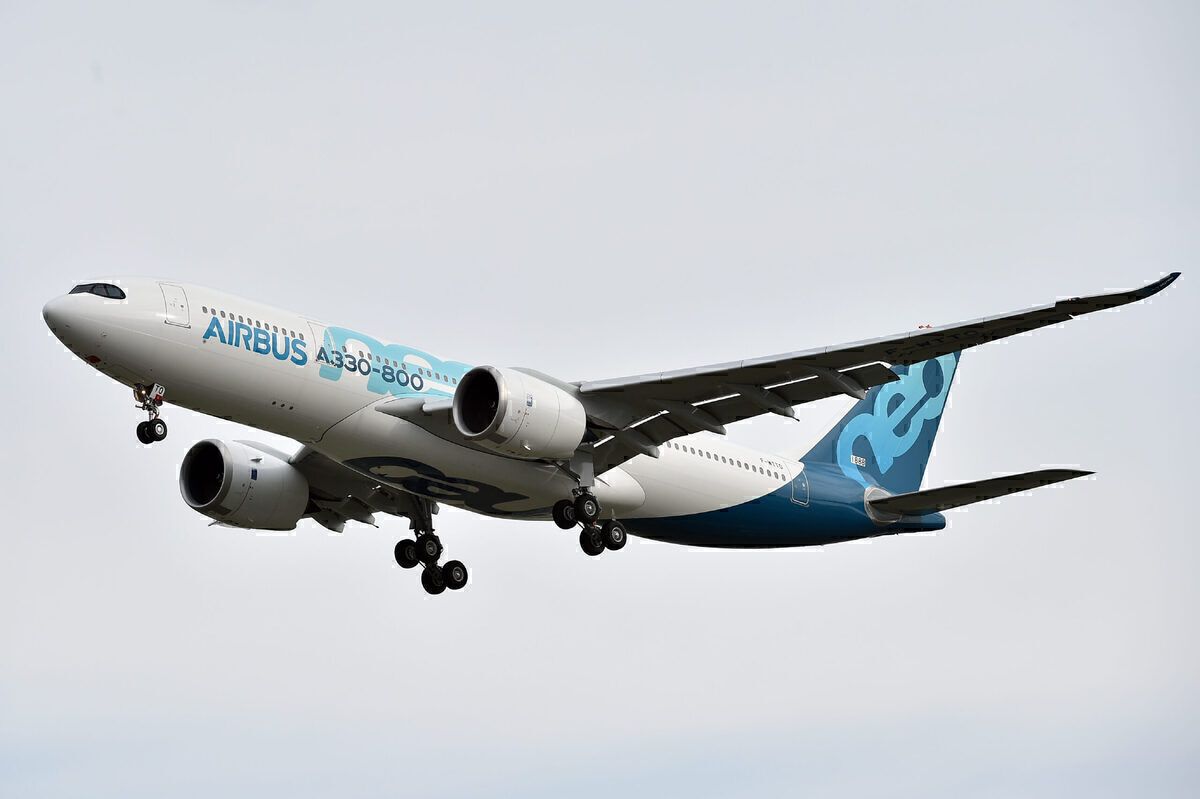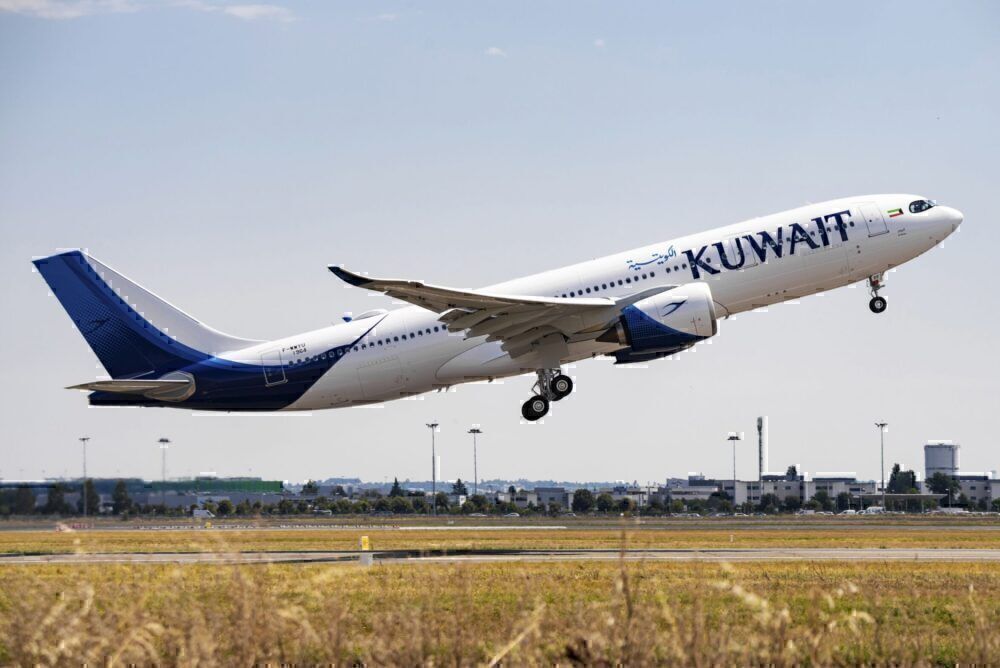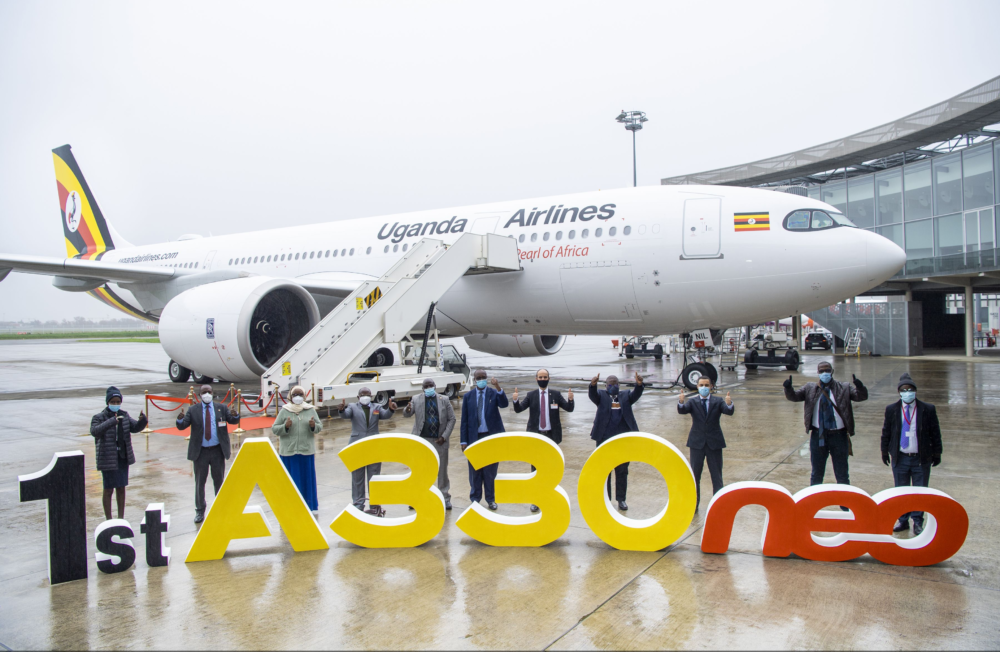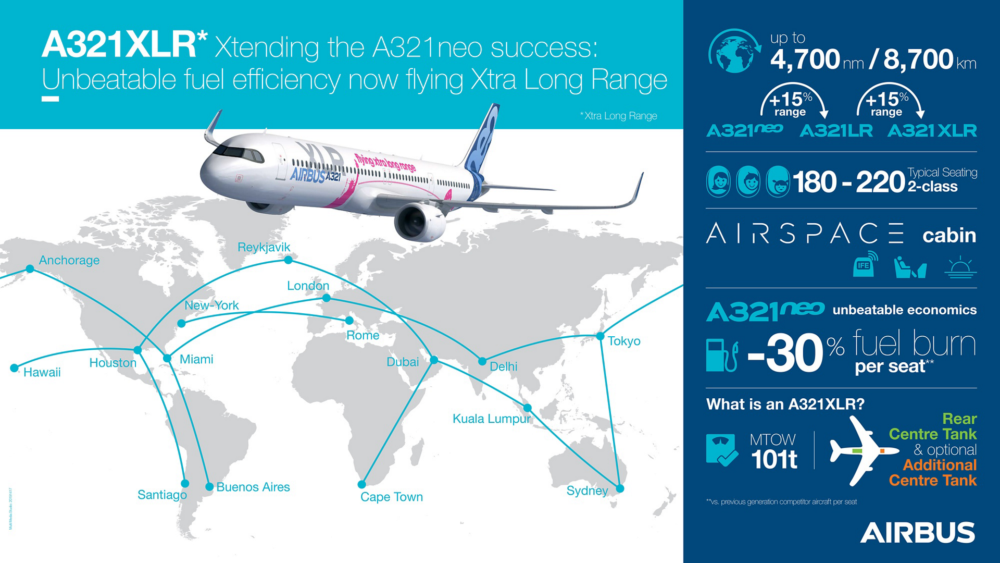The end of 2020 will signify the end of what has been a successful year for European aircraft manufacturer Airbus. This year has seen the ongoing coronavirus pandemic impact almost every aspect of commercial aviation. Nonetheless, Airbus has been able to enjoy success despite these widespread and varied challenges.
Yesterday we looked at Boeing's 2020 highlights, but what have been Airbus's reasons to be cheerful this year?
A smaller neo - the Airbus A330-800
2020 proved a defining year for the development and production of the Airbus A330-800. This is the smaller of the A330 family's two 'neo' (new engine option) variants. It represents a next-generation version of the original A330-200, with the larger -900 neo corresponding to the original -300 variant.
Within the neo family, customers are faced with a choice between longer range and better capacity. The -800 has a typical three-class capacity of 257 passengers and a range of 15,094 km (8,150 NM). Meanwhile, the -900 typically seats 287 passengers across three classes, but has a shorter range of 13,334 km (7,200 NM). Most customers have opted for the -900 variant, which launched commercially in December 2018 with TAP Portugal.
Stay informed: Sign up for our daily aviation news digest.
Certification and first deliveries
The gulf in orders (14 vs. 318 as of November 2020) might have left Airbus in doubt as to how worthwhile further development of the -800 was. Nonetheless, it pushed on, and it received type certification from the EASA and FAA this February. It received upgraded Extended Twin-Engined Operations certification in April, joining its larger -900 counterpart in having an ETOPS grading of 180 minutes.
In October, Kuwait Airways took the first-ever A330-800 delivery. It wasted no time launching it commercially the following month, on a flight from Kuwait to Dubai. Just before Christmas, Uganda Airlines became the second carrier to take delivery of the type. It expects to receive its second example in January 2021.
The advent of the A321XLR
Airbus has also continued to make good progress this year on its latest A320neo variant. Known as the A321XLR, its proposed range of 8,700 km / 4,700 NM outranks the A321LR by 1,300 km / 700 NM. This represents a 15% increase over an aircraft that itself has a 15% longer range than the standard A321neo. Despite the challenges that 2020 has thrown aviation's way, Airbus confirmed earlier this year that the A321XLR remained on track for a 2023 launch.
As the coronavirus pandemic worsened and passenger numbers continued to fall, the A321XLR emerged as a perfect post-pandemic aircraft on low-capacity long-haul routes. Examples of where the A321XLR might fly can be seen in the graphic below. It has significantly lower operating costs than a widebody long-haul aircraft, and, with its lower capacity, is also far easier for airlines to fill. The aircraft's order numbers speak for themselves, with more than 450 already having been placed.
The A321XLR also outranks its fellow long-haul aircraft in terms of fuel efficiency. All in all, it is set to be a very cost-efficient aircraft. This will be an increasingly important factor going forward, with airlines needing to save money after what has been an immensely financially challenging year, and typical demand levels not set to return for the foreseeable future. With the A321XLR, Airbus might just have created the solution to a problem that, at the time of its announcement at last year's Paris Air Show, nobody could have foreseen existing.
What do you make of Airbus's performance this year? What do you think 2021 has in store for the European manufacturer? Let us know your thoughts in the comments.




